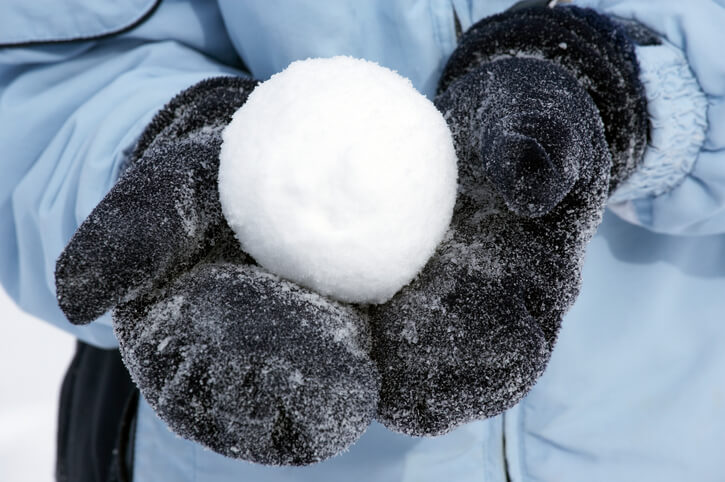Frostbite is an injury caused by exposure of skin and tissue to extremely cold temperatures, with the toes, fingers, ears, and nose being the most vulnerable.
When your body is exposed to very low temperatures, it automatically redirects heat to your core, the temperature of your extremities drop, and ice crystals start to form in and around your skin cells. If your tissues remain frozen long enough, oxygen and other nutrients are blocked and permanent damage sets in, resulting in frostbite.
Although going out in the winter makes you more susceptible to frostbite, there are ways to prevent it and avoid permanent damage.
1. DRESS THE PART
Use layers of clothes that fit loosely to trap air between the layers and act as an insulator. Wear undergarments that will wick moisture away from your skin, with waterproof and windproof outer garments to protect you from wind, rain and snow.
Your hat should fully cover your ears. While gloves won’t limit the use of your fingers, wearing mittens in colder weather will keep your hands warmer.
2. KEEP DRY
If your clothing gets wet, especially your gloves/mittens, hat, and socks, change out of them as soon as you can because damp clothes can quickly draw heat away from your body. You can wear two layers of socks, with the outer layer worn over the bottom of your pants. Your boots should be waterproof, insulated, and cover your ankles. Like your other garments, they should be loose enough to trap air in-between the layers. It’s a good idea to bring spare garments with you so you can replace anything that gets wet.

3. KEEP HYDRATED!
Dehydration is usually a risk associated with hot weather, but you can also get dehydrated in the cold. It could even be more dangerous in winter, because you won’t feel as thirsty even if your body is already low on fluids. When out in the cold, your body will attempt to draw heat to your core, signaling your kidneys to produce more urine. With the increase in urine production, more fluids are drawn out of your body.
Keep yourself hydrated by drinking at regular intervals instead of waiting for thirst to set in. Also, avoid alcoholic drinks- alcohol may make you feel warm, but what it actually does is make your body lose heat faster. You can drink warm chocolate to warm your body and at the same time provide you with more energy.
4. HEED THE WARNING SIGNS
Check for signs of frostbite every hour- If detected early, permanent damage can be avoided. The first signs include redness of the skin, stinging or prickling sensation, and numbness.
If the early stage of frostbite (also known as “frostnip”) is suspected, immediately seek shelter and warm up by having a hot drink and covering up with a blanket. You can also submerge the affected area in warm (not hot!) water to gently thaw it. If it’s not possible to seek shelter, protect your hands by tucking them in your armpits, stay out of the wind, and seek help as soon as you can.


